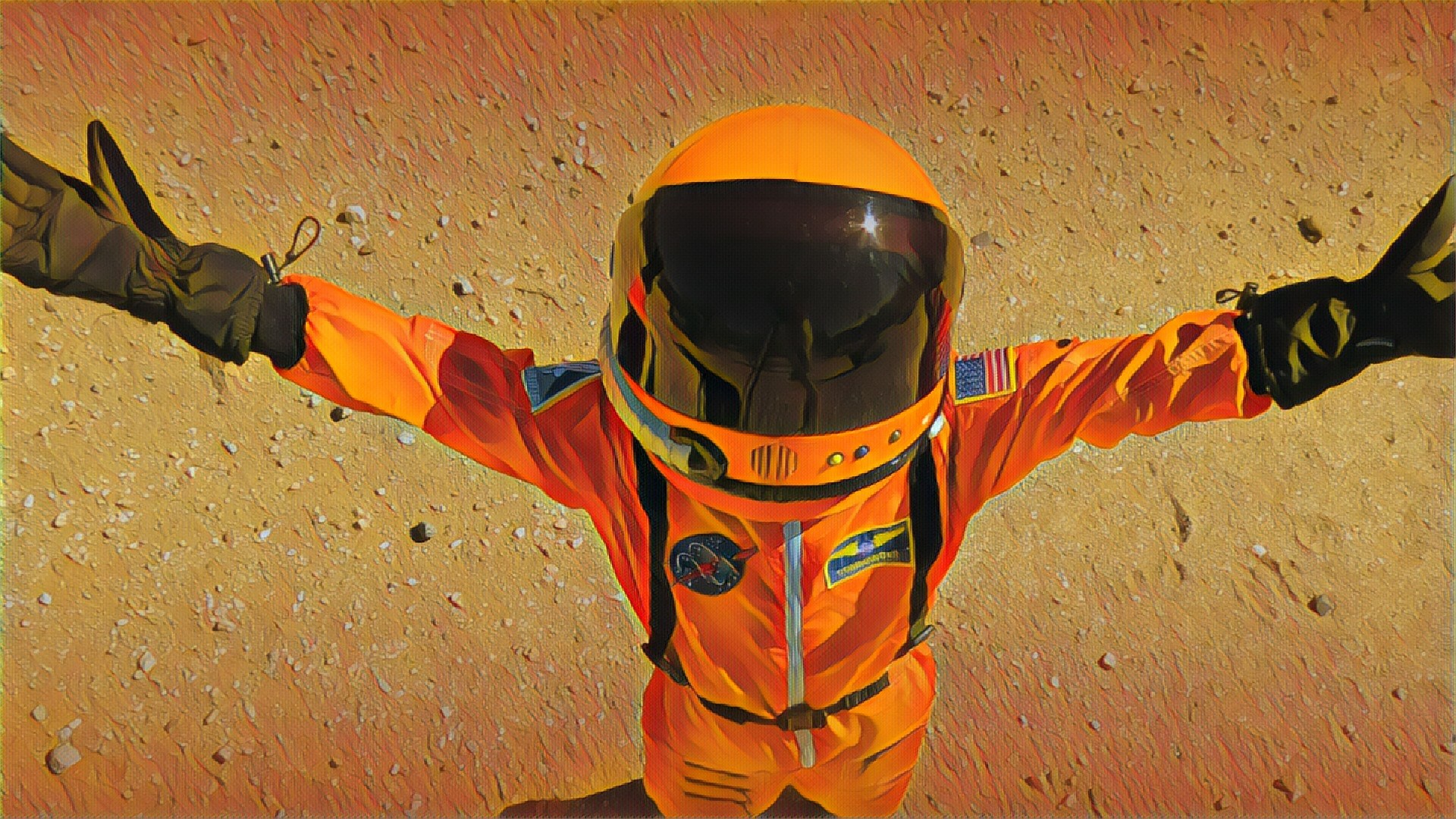We don’t need to go to the Moon in order to go to Mars. But, if we’re going to go to the Moon, then let’s go to the Moon, not an orbit around it. And let’s dig in and make it stick.
Here’s a plan for doing just that with existing tech.

Book Series
We don’t need to go to the Moon in order to go to Mars. But, if we’re going to go to the Moon, then let’s go to the Moon, not an orbit around it. And let’s dig in and make it stick.
Here’s a plan for doing just that with existing tech.
A collection of creepy sounds from throughout our solar system.
background: NASA/JPL/MSSS; processing and mosaic: Olivier de Goursac, 2013 (https://commons.wikimedia.org/wiki/File:Martian-Sunset-O-de-Goursac-Curiosity-2013.jpg)
The dry matter-of-fact tone of this article, and the report it refers to, reinforces that this stuff is coming sooner than we all expect.
Our unmanned efforts in space deserve great credit, but they aren’t enough.
background: NASA Juno Mission Collection 2 excerpt (https://www.nasa.gov/mission_pages/juno/multimedia/junoanimations.html), NASA/Goddard Space Flight Center MAVEN animation (https://svs.gsfc.nasa.gov/11024)
Next up: a hazy memory of the Apollo era.
Background video footage: Apollo 11 montage from NASA
A short but fascinating article on way the entertainment and science communities often compliment each other.
Hibernation during space travel is a common sci-fi trope, but I wasn’t aware anyone was actively working on it. What I find particularly compelling here is that hibernation could have positive effects on bone density change as well as helping mitigate the effects of radiation exposure.
Another thought occurs to me, though it is not mentioned here. Keeping the travelers contained in a small area opens up options for radiation shielding that might otherwise be prohibitive. What about sleeving the hibernation quarters in water, for instance? If that water could be mined from the Moon, the cost of lifting it for use in the craft could be acceptable.
This looks like a nice book about Curiosity for kids. I like that, in the interview, the author/illustrator notes that he has no technical qualifications for writing this book, just an abundance of inspiration and a willingness to do the research. That’s the key, really.
Japan’s Hayabusa2 probe is currently in orbit around the asteroid Ryugu. It has successfully deployed two rovers, MINERVA-II1a and MINERVA-II1b, designed to literally hop around on the surface of the asteroid. The pics sent back so far are rather trippy. In particular, check out the video of the sun moving across the asteroid’s sky.